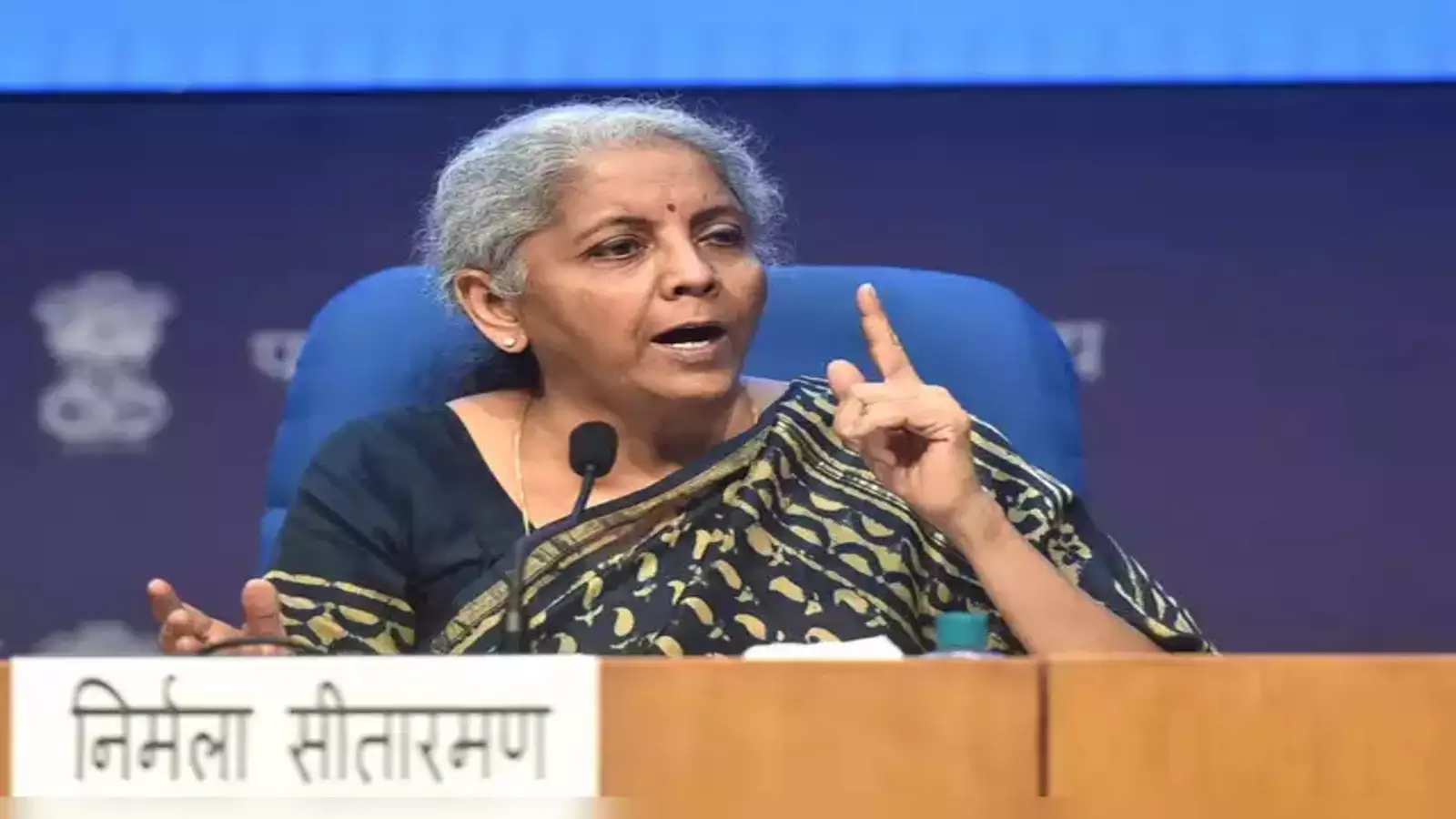In a thrilling development for space enthusiasts, the Union Cabinet has approved the ambitious Chandrayaan-4 mission. This mission is poised to significantly advance India’s space exploration capabilities. Scheduled for completion within 36 months, Chandrayaan-4 will cost approximately ₹2,104.06 crore, including spacecraft development, launches, and essential tests.
Why Chandrayaan-4 is a Game-Changer
The Chandrayaan-4 mission is not just another lunar exploration project; it represents a crucial step towards self-reliance in space technology. By focusing on lunar sample return and advanced technologies, Chandrayaan-4 aims to provide invaluable insights into the Moon’s surface. This mission involves extensive participation from Indian industries and academic institutions, marking a significant leap for ISRO.
How Chandrayaan-4 Enhances India’s Space Prowess
Technological Advancements: The core of Chandrayaan-4 is its advanced technology for lunar sample return. This innovation addresses challenges faced by earlier missions and sets a new benchmark for future space projects.
Collaborative Endeavor: With robust involvement from various sectors, including Indian industries and academic institutions, Chandrayaan-4 is a testament to the nation’s collective expertise and dedication. This collaborative approach enhances the mission’s feasibility and potential success.
Future Missions: The success of Chandrayaan-4 will lay the groundwork for future manned lunar missions. By harnessing the data and experience from this mission, ISRO is paving the way for more ambitious space explorations.

Venus Mission: Expanding Horizons
Following Chandrayaan-4, ISRO’s focus shifts to the Venus Orbiter Mission (VOM), aimed at exploring Venus’s atmospheric and geological features. With a budget of ₹1,236 crore, this mission will advance our understanding of planetary science and extend ISRO’s exploration capabilities.
Read more: Emerging technologies 2024
India’s Space Station: Bharatiya Antariksh Station
The Bharatiya Antariksh Station (BAS) project is another significant development. Approved by the Cabinet, BAS aims to establish a home-grown space station. Integrated with the Gaganyaan Programme, BAS is set to enhance India’s human spaceflight capabilities by 2035.
Next-Generation Launch Vehicle: A New Era
The Next Generation Launch Vehicle (NGLV) is set to revolutionize satellite launches. With a budget of ₹8,240 crore, the NGLV will offer up to 30 tonnes of payload capacity to Low Earth Orbit (LEO), significantly surpassing the current capabilities of ISRO’s launch vehicles.
Karnataka: A Hub of Space Innovation
Highlighting Karnataka’s role in space technology, the Bengaluru Space Expo 2024 will showcase the state’s innovations. This event underscores Karnataka’s alignment with ISRO’s ambitious space projects and its commitment to advancing space technology.
Read More: Understanding Research Philosophy: The Foundation Your Academic Study
Conclusion
The approval of Chandrayaan-4 and other landmark space projects reflects ISRO’s growing dominance in space exploration. With its focus on advanced technology and collaborative efforts, Chandrayaan-4 is set to make significant strides in lunar science. As ISRO continues to develop its capabilities, the future of India’s space exploration looks promising.
Other Popular News Post:
Abhinav Arora | Diwali 2024 | Delhi Air Quality | Trump vs Harris | US Election 2024 | Indian-American Reaction to Trump Re-election | Delhi AQI | Kristi Noem | DOGE | Sarkari Result | Today Gold Rate| ICSI | Election Results 2024 | ICBM | CAT Response Sheet | Gold Price in India | Commodity Prices
Explore other popular Posts:
Blog | News | Entertainment | Education | Sports |
Technology | Cryptocurrency | Stock | Home | Sitemap





